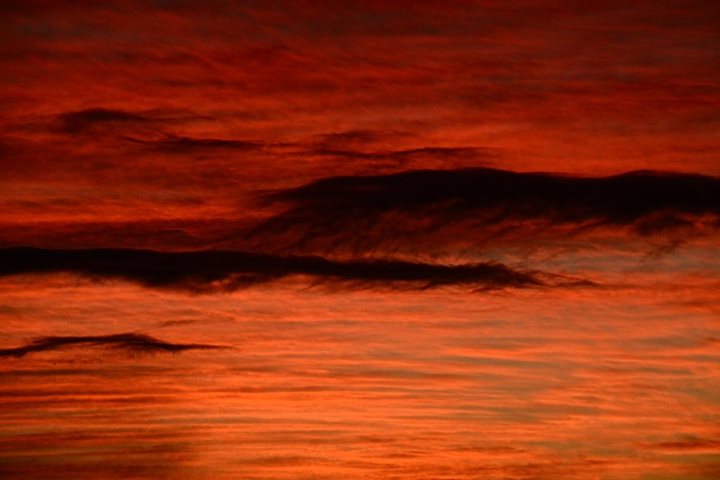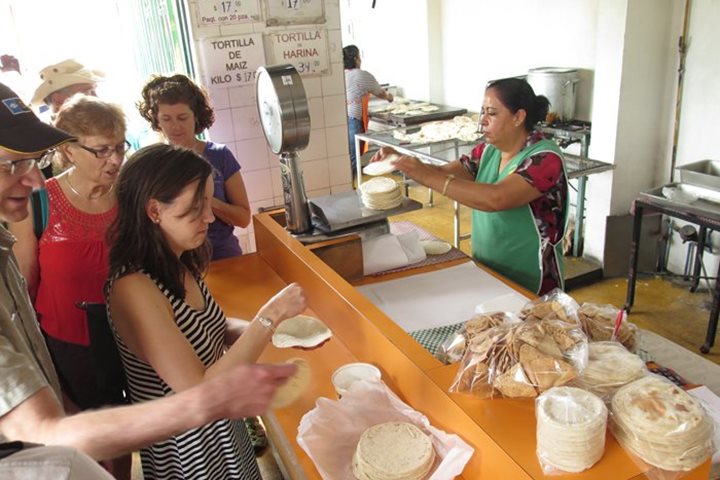Early morning found us already anchored off Isla San Francisco, in Half Moon Bay. Only two other boats shared this good anchorage. Immediately after breakfast we began our activities of the day: kayaking, hiking, and swimming in the refreshing waters. Hiking offered us a good view of many different desert plants, including a very rare cactus: pencil cactus. This plant is difficult to find, as it is grayish and never stands alone. It needs the support of another plant to survive. In one of the cases, it was supported by a pretty large jojoba bush. We also saw the nests of two desert wood rats, built among the sour pitahaya cacti, with segments of chollas and other spiny material, to make it impermeable to predators. A number of small nipple cacti were seen, as well as a chuckwalla, a few small lizards, and another small number of geckos.
Some other hikers were treated to viewing a number of invertebrates at a good tide pool, but this hour’s tide was still high.
At midday we were back on board, and sailed on to the nearby island of San Jose, at a beach called Playa Encantada. Here we hiked into a fantastic arroyo, with many bushes and trees at the peak of their green. The infamous goats were seen, those descendants of the ones left by white man centuries ago, and still destroying the local vegetation.
Some of us preferred to walk on our own, along a long, long beach, loaded with seashells and other tidbits of biological origin. And we even saw a few bushes of the plant known as wolfberry or boxbush, incredibly loaded with thousands of delicious small red fruit-like tomatoes, the plant being in the same family as the potato.
Quite some time before darkness set in, we had a very enjoyable beach barbeque, while we watched another fantastic pink sunset over the Sierra de la Giganta, to the west. Stories about Baja California by Adrian and William followed, and a few songs too, all next to a fragrant bonfire made with mesquite wood from La Paz.
As we returned sometime later, we were able to observe the biological light, made by microscopic dinoflagellates, as we cut the water with our expedition landing craft. Wow!







